
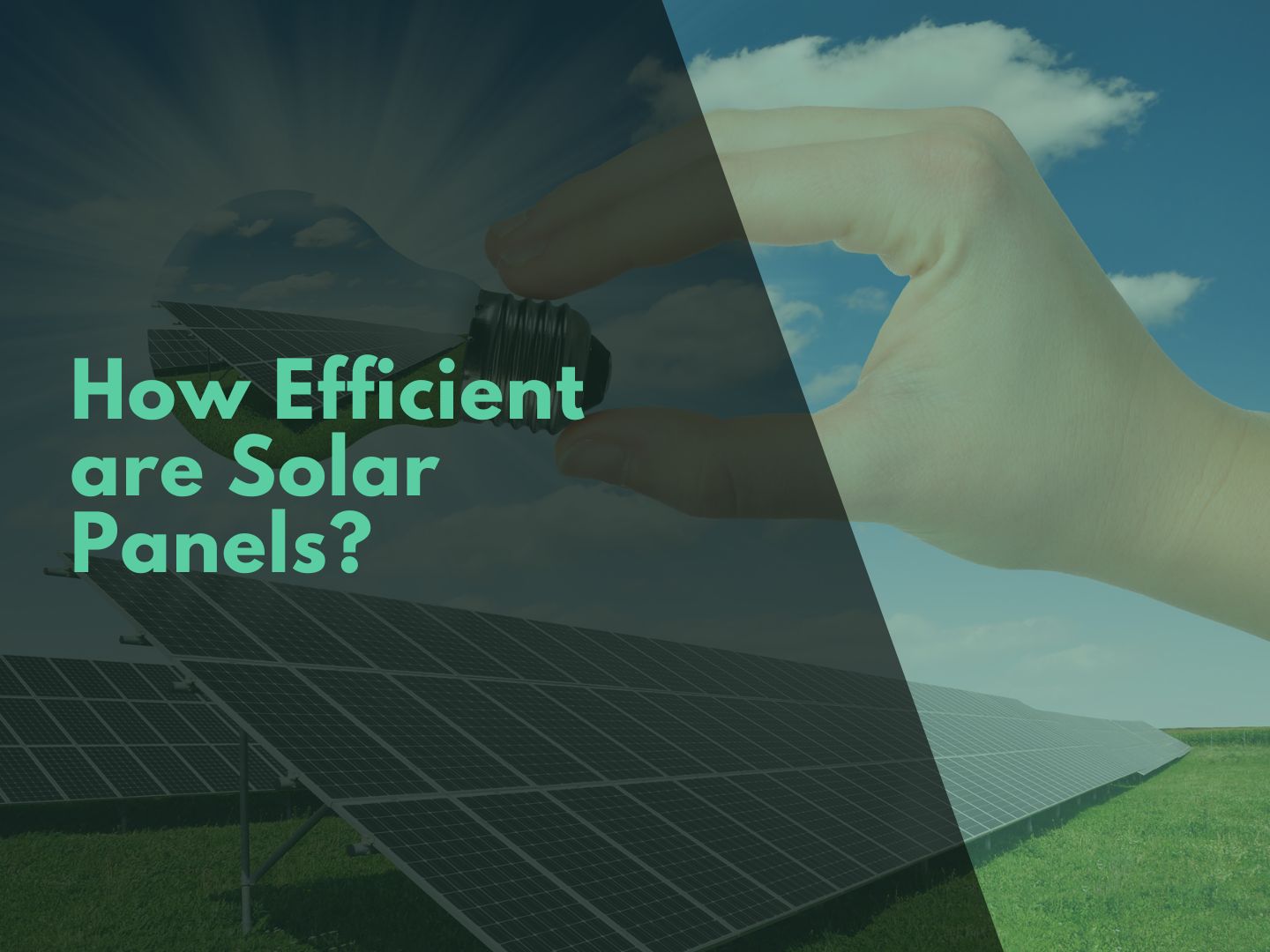
Solar panels have seen a massive uptick in popularity as the world shifts towards renewable energy. The efficiency of these panels is a hot topic for potential investors and environmentally-conscious individuals. While the early days of solar technology had us grappling with lower efficiencies, these days, panels can convert sunlight into electricity with surprising effectiveness.
Having a look at the best solar panels out there, it's impressive to see how far we've come. The industry average hovers around 15-20% efficiency, but some of the very best panels exceed this, making them quite the powerhouses for generating clean electricity. The actual efficiency hinges on numerous factors including the type of solar panel, the materials used, and how they're installed.
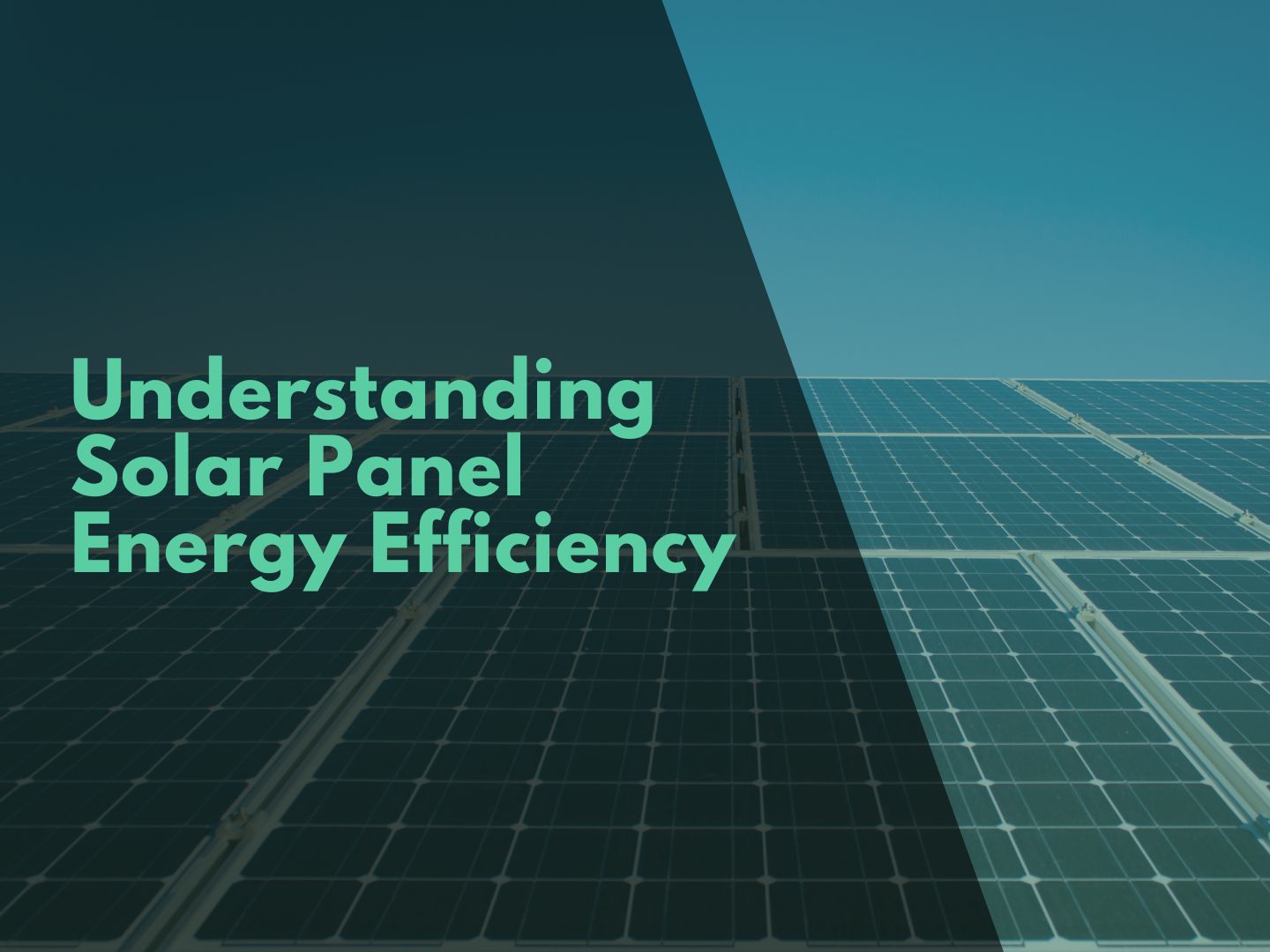
Energy efficiency in solar panels measures the percentage of sunlight that is converted into electrical energy upon hitting the panel's surface.
For example, a solar panel with an 18% efficiency rating successfully converts 18% of the solar energy it receives into electricity. This equates to nearly one-fifth of the incoming solar energy being transformed into usable power.
For those who prefer to avoid the intricacies of math, the following explanation is optional. To calculate a solar panel's efficiency more precisely, one can use the formula:
(Max panel power in watts) / (Surface area in m² x 1000W/m²) x 100 = Efficiency (%)
Rejoining our conversation beyond the mathematical excursion, it's noted that the efficiency rates of household solar panels typically fall within a 15-22% range.
Such panels are predominantly monocrystalline or polycrystalline, with monocrystalline panels often exhibiting slightly higher efficiency levels.
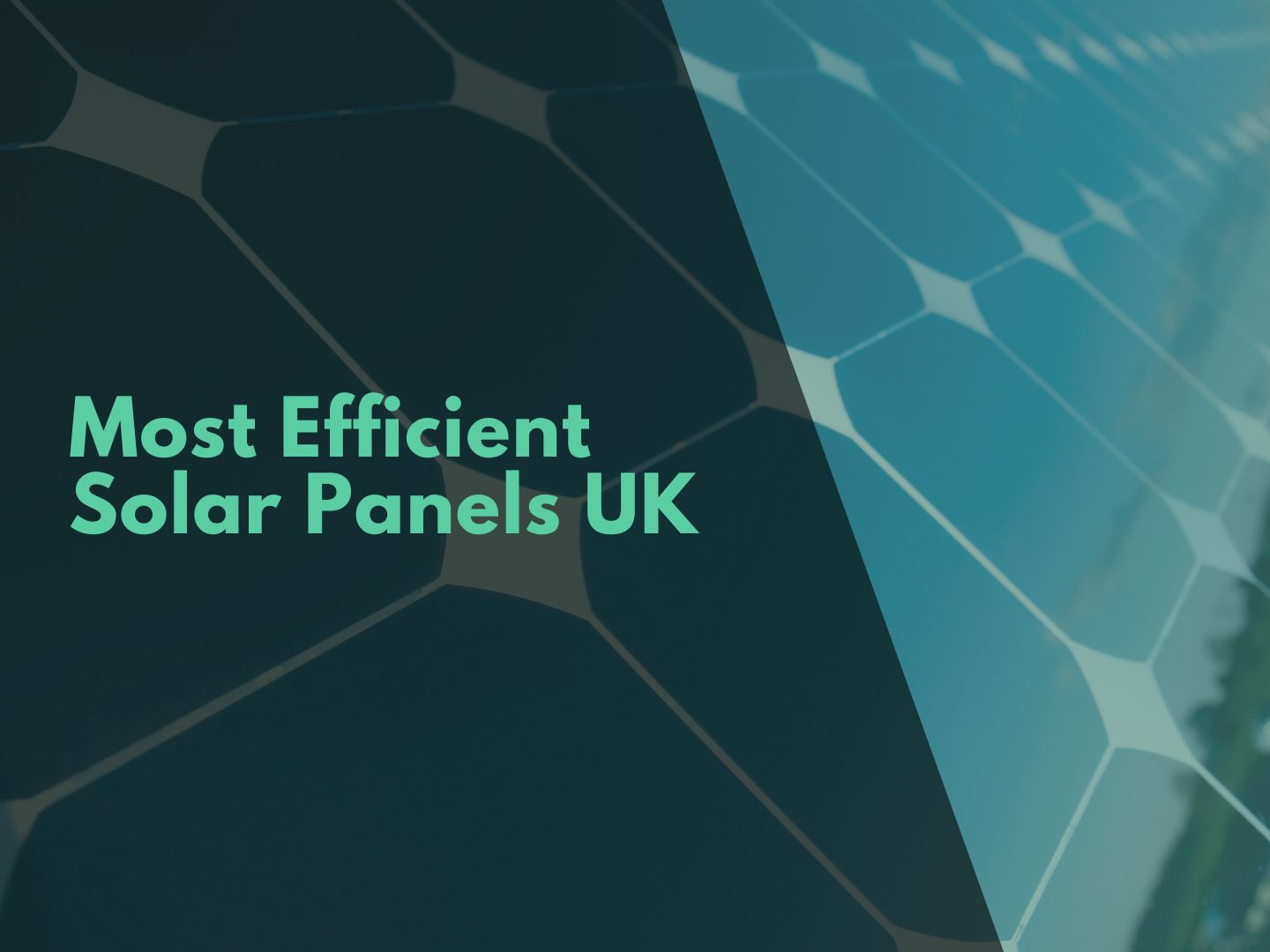
When on the hunt for the best solar panels in the UK, don't just look for any old panel. Look for the crème de la crème – the ones that knock the socks off the competition when it comes to squeezing every last drop of electricity from the sunlight.
So, how do you identify the best solar panels on the market? It boils down to a combination of power output and efficiency, but there's more to consider. Peace of mind is crucial, so a reliable product warranty is a must-have.
Nobody wants to be stranded without support after investing their hard-earned money. Also, remember the importance of a performance warranty to ensure your panels continue to perform excellently over the years.
Price per Square Meter: Understand the financial investment required for the solar panels based on their size.
Overall Module Efficiency: Evaluate the effectiveness of the entire solar panel system in converting sunlight into electricity.
Durability of Solar Cells: Consider how long the individual solar cells within the panel are expected to last.
Design and Appearance: Take into account the visual appeal and style of the solar panels to ensure they complement your property.
With all that said, here are some of the most efficient solar panels that are definitely worth the investment on the market today:
| Rank | Model | Efficiency | Power Output | Avg. Rating | Warranty Details | Price Range |
|---|---|---|---|---|---|---|
| 1 | SunPower Maxeon 3 | 22.7% | 415W - 430W | 4.77/5 | Product: 40 yrs / Performance: 40 yrs | £350 |
| 2 | Perlight NTA | 22.28% | 415W - 430W | 4.99/5 | Product: 30 yrs / Performance: 30 yrs | £175 - £225 |
| 3 | Trina Solar Vertex S | 21.8% | 405W - 435W | 4.69/5 | Product: 25 yrs / Performance: 30 yrs | £150 - £225 |
| 4 | LG Neon R Prime | 21.5% | 350W - 370W | 4.73/5 | Product: 25 yrs / Performance: 25 yrs | £350 - £500 |
| 5 | Jinko Tiger Neo 420W | 21.5% | 400W - 420W | 4.78/5 | Product: 25 yrs / Performance: 30 yrs | £170 |
If efficiency were a sport, SunPower Maxeon 3 would be sprinting home with the gold. Its staggering 22.7% efficiency and up to 430W output is nothing to scoff at, and it also has long warranties. Close on its heels is Perlight NTA. Almost as efficient and with a price that won’t make your wallet weep, it's a serious contender. And, of course, we can't gloss over Trina Solar Vertex S, which hits a sweet spot of efficiency and affordability, like Cornish ice cream on a sunny day, doesn't it?
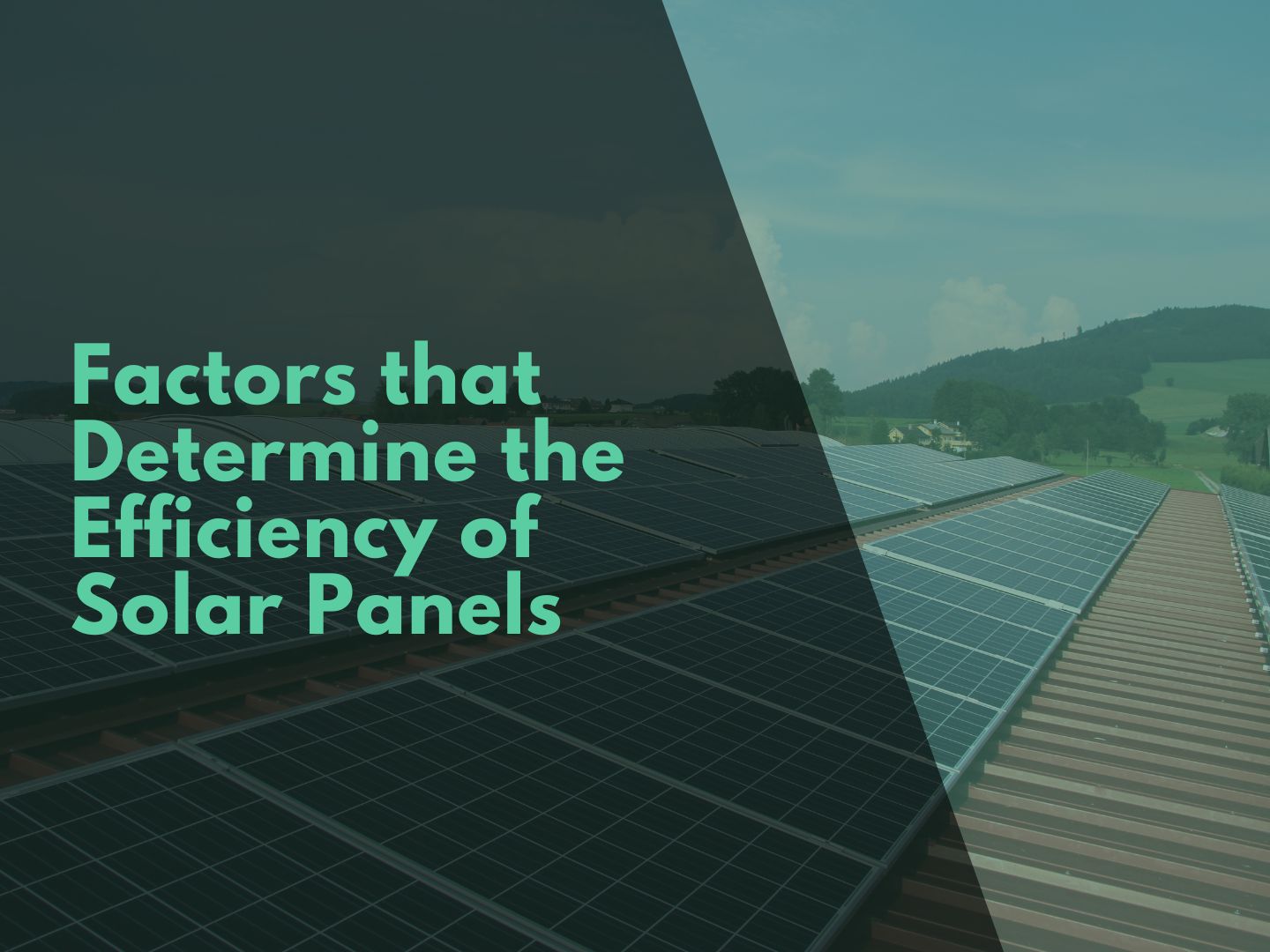
When it comes to solar panel performance, two major factors significantly influence the amount of electricity generated: the environment surrounding the panels and the sophistication of the technology used. This encompasses everything from the intensity of the sunlight to the innovative design of the panels themselves.
| Factor | Impact on Solar Panel Efficiency |
|---|---|
| High Temperature | Decreases Efficiency |
| Shade | Drastically Reduces Output |
| Reflection | Loss of Usable Light |
| Temp. Coefficient | Indicator of Heat Resistance |
| Factor | Influence on Efficiency |
|---|---|
| Solar Cell Efficiency | Determines Panel Output |
| Efficiency Ratings | Benchmark for Performance |
| Crystalline Silicon | Type Affects Efficiency |
| Recombination | Can Limit Efficiency |
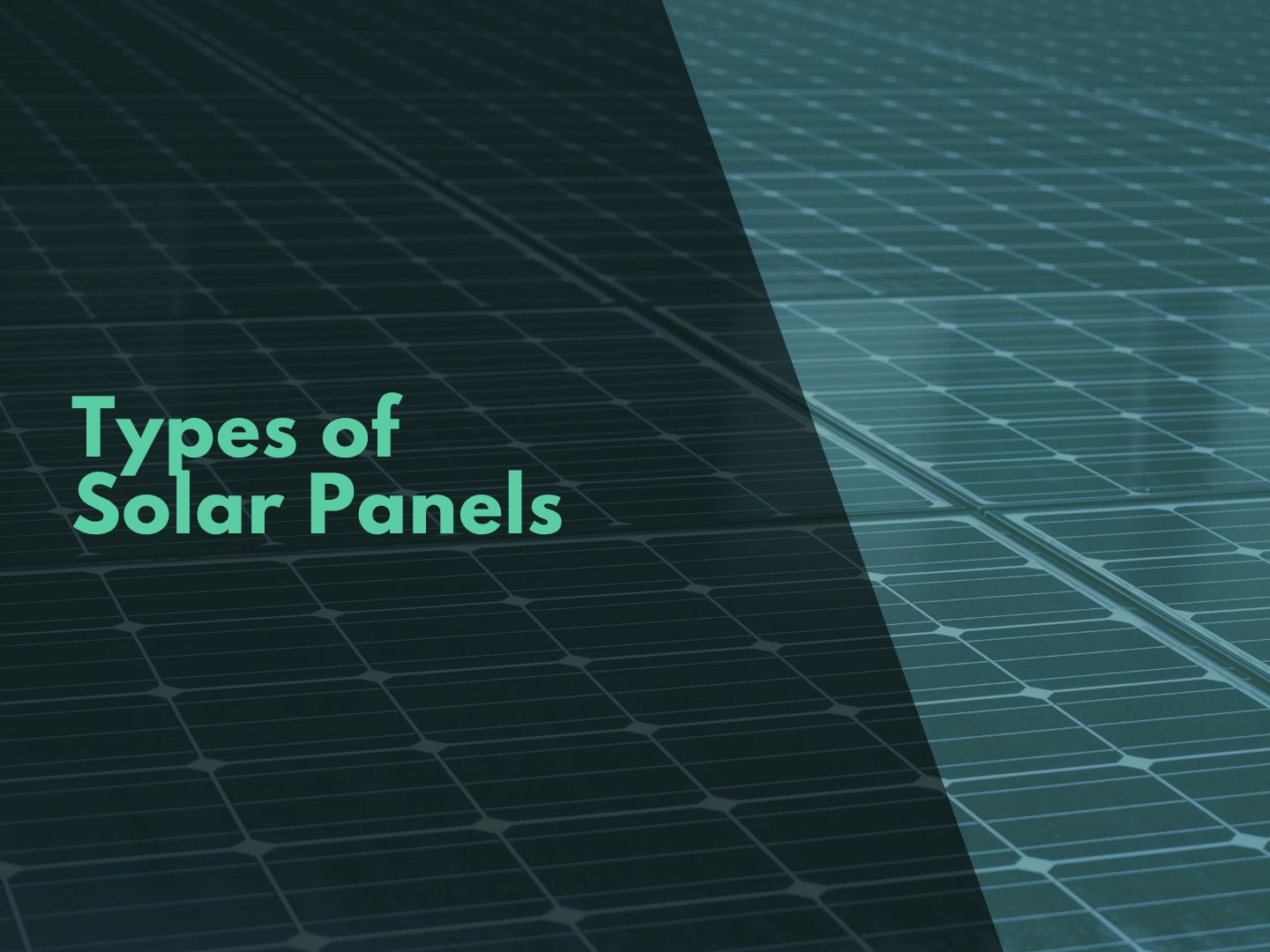
Choosing the right type of solar panel can be quite challenging. Everyone seeks the best value for their investment, along with the desire for a sleek, high-performance unit on their roof. The discussion often revolves around the key players: monocrystalline and polycrystalline panels. Thin film and perovskite panels are also worth mentioning, as they are emerging technologies in the solar industry.
Monocrystalline solar panels are top-notch in terms of efficiency. They are crafted from a single crystal structure, enhancing their ability to convert sunlight into electricity. Besides their high performance, they also boast a sleek, uniform dark appearance. However, they tend to be more expensive. Despite the higher cost, they are often considered a worthwhile investment due to their longer lifespan.
Polycrystalline panels offer a more budget-friendly option. Characterised by a distinct speckled blue appearance, these panels are made from multiple silicon crystals fused together. While they may be slightly less efficient than monocrystalline panels, they represent a good value for those looking to save on initial costs.
Thin Film solar panels represent the latest in photovoltaic technology, known for their flexibility and lightweight design. These panels are made by layering photovoltaic material on a substrate. They can be produced more cheaply than silicon-based panels and are easier to install due to their lighter weight and adaptability to various surfaces. However, their efficiency is generally lower than both monocrystalline and polycrystalline panels, and they tend to degrade faster, leading to a shorter lifespan.
| Type | Efficiency | Aesthetics | Cost | Lifespan |
|---|---|---|---|---|
| Monocrystalline | High | Sleek & dark | More expensive | Longest |
| Polycrystalline | Good | Blue & speckled | Budget-friendly | Moderate |
| Thin Film | Lower | Varied | Cheapest | Shorter |
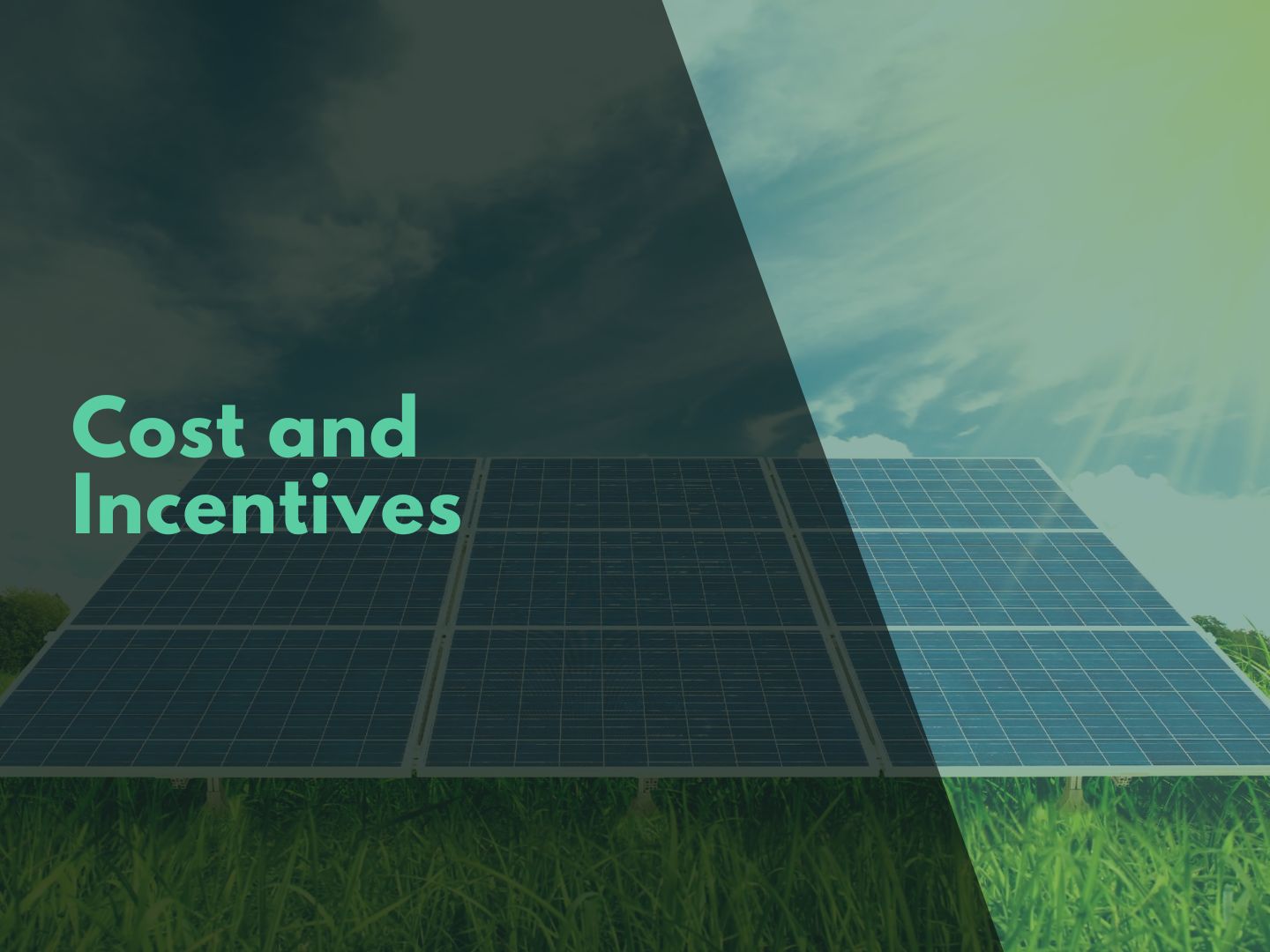
The initial cost of solar panels can be surprisingly high, but there are attractive deals and incentives available.
Picking up some residential solar panels hit my wallet hard upfront, no joke. But here's the bit not everyone realises:
Investing in residential solar panels requires a significant upfront payment. However, the long-term benefits are often overlooked:
Let's talk about the Smart Export Guarantee (SEG) for a moment:
As we pivot towards a greener future, the allure of solar panels continues to grow, sparking interest among potential investors and those keen on sustainable living. The journey from the early, less efficient days of solar technology to the present has been remarkable, showcasing panels that now boast impressive conversion rates of sunlight into electricity.
The crux of the matter lies in selecting the right panel—weighing efficiency against cost, considering the aesthetic appeal, and accounting for the technological advancements that have propelled panels to efficiencies of 15-20%, and in some cases, even higher.

Technological advancements continue to push the boundaries of what's possible, yet achieving 100% efficiency in solar systems remains out of reach according to scientific consensus. Nonetheless, there's room for improvement in the efficiency levels of current solar cells.
Complete efficiency in solar panels is unachievable due to complex chemical processes. PV magazine notes that solar modules can theoretically reach a maximum efficiency of 33.7%, with the most efficient panels currently available achieving between 20% and 22.8%.
Despite improvements in solar panel efficiency, their electricity generation capacity naturally decreases over time. Top-tier panels experience an annual degradation rate of about 0.5%, leading to a 12-15% reduction in power output after 25 to 30 years.
Elevated temperatures impact solar panels by causing excess electron activity, which lowers the voltage and, consequently, the amount of generated electricity. Each degree Celsius increase in temperature can decrease panel efficiency by 0.5 percentage points.
To enhance the efficiency of solar panels, consider the following strategies:
Select High-Efficiency Panels: Opt for panels with higher efficiency ratings, such as monocrystalline models, to generate more electricity in less space due to their advanced technology and superior conversion rates.
Optimal Orientation and Tilt: Position panels to face true South (in the Northern Hemisphere) or North (in the Southern Hemisphere) and adjust the tilt angle based on latitude to maximise sunlight exposure.
Regular Cleaning: Maintain panel cleanliness to prevent efficiency loss from dirt and debris accumulation, which can reduce solar energy capture by up to 30%.
Avoid Shading: Ensure panels are installed in areas free from shade-causing obstructions like trees or buildings to optimise sunlight exposure.
Incorporate Reflective Surfaces: Strategically place mirrors to reflect additional sunlight onto panels, increasing light exposure without causing overheating.
Enhance Inverter Performance: Select high-quality inverters and maintain them properly to ensure efficient DC to AC electricity conversion.
System Performance Monitoring: Utilise monitoring tools to keep track of energy output and system health, addressing any issues promptly.
Advanced Technologies: Explore options like microinverters, power optimisers, and solar trackers to boost individual panel performance and adapt to changing sunlight conditions.
Smart Energy Usage: Align high-energy activities with peak sunlight hours and invest in smart home technologies to optimise solar energy consumption and reduce grid dependency.